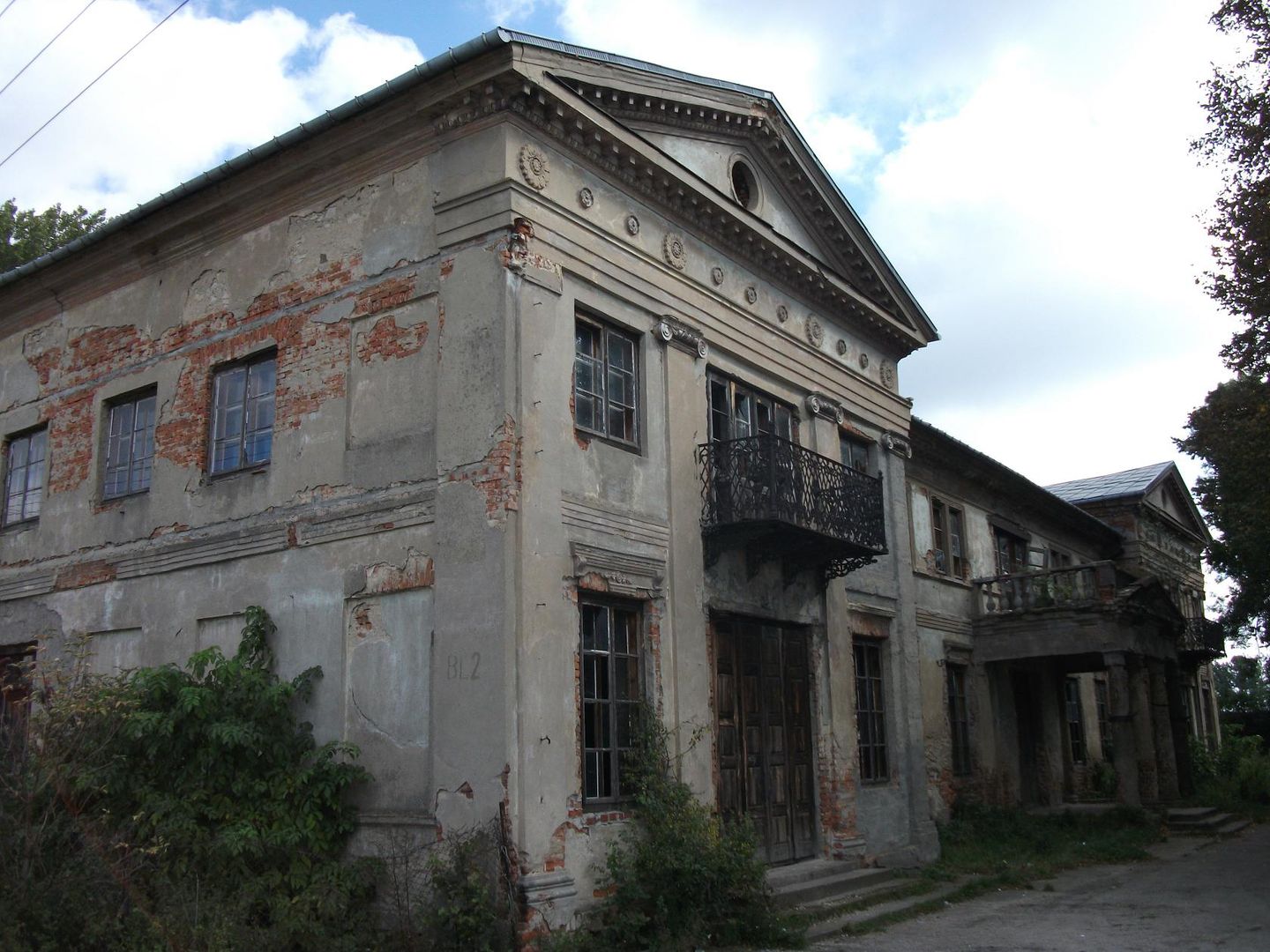Ruda
6

Overview
Ruda is a village in the Łódź Voivodeship, located in the Wieluń commune, with a rich history dating back to the Neolithic period. The settlement was granted town rights before 1264 but lost its municipal status around 1419. Its name likely derives from the rich deposits of iron ore discovered in the area. Ruda was the seat of a castellany, making it one of the oldest administrative centers in Poland—a fact documented in Gallus Anonymus’ chronicle and papal records. During the period of feudal fragmentation, Ruda found itself within the spheres of influence of both Greater Poland and Silesia, underscoring its strategic location along the trade route connecting Moravia and Pomerania. Despite its early urban privileges, the town did not develop permanently and lost its significance to Wieluń in the 14th century, leading to administrative reorganization and its incorporation into the Sieradz Voivodeship.
One of Ruda’s most important historical monuments is the Parish Church of St. Adalbert (św. Wojciecha), which features Romanesque fragments dating back to 1142 and has undergone numerous architectural changes over the centuries. The interior includes Gothic vaulting, Byzantine-style frescoes, and a late Gothic triptych. Adjacent to the church is a manor farm with a palace built in 1851 by Emanuel Taczanowski. The two-story palace retains many original architectural elements. Surrounding the palace is a park and garden complex, home to monumental oaks and yew trees.
As a witness to centuries of change, Ruda is rich in history, distinctive architecture, and traditions tied to local life. In 1948, during yard work, a pot containing an impressive quantity of 11th-century silver cuttings was discovered, further attesting to the historical importance of the village. Despite losing its town status, Ruda preserves its unique cultural and architectural features, standing as a valuable example of the historical heritage of the Wieluń region.
Location
2025 Wizytor | All Rights Reserved